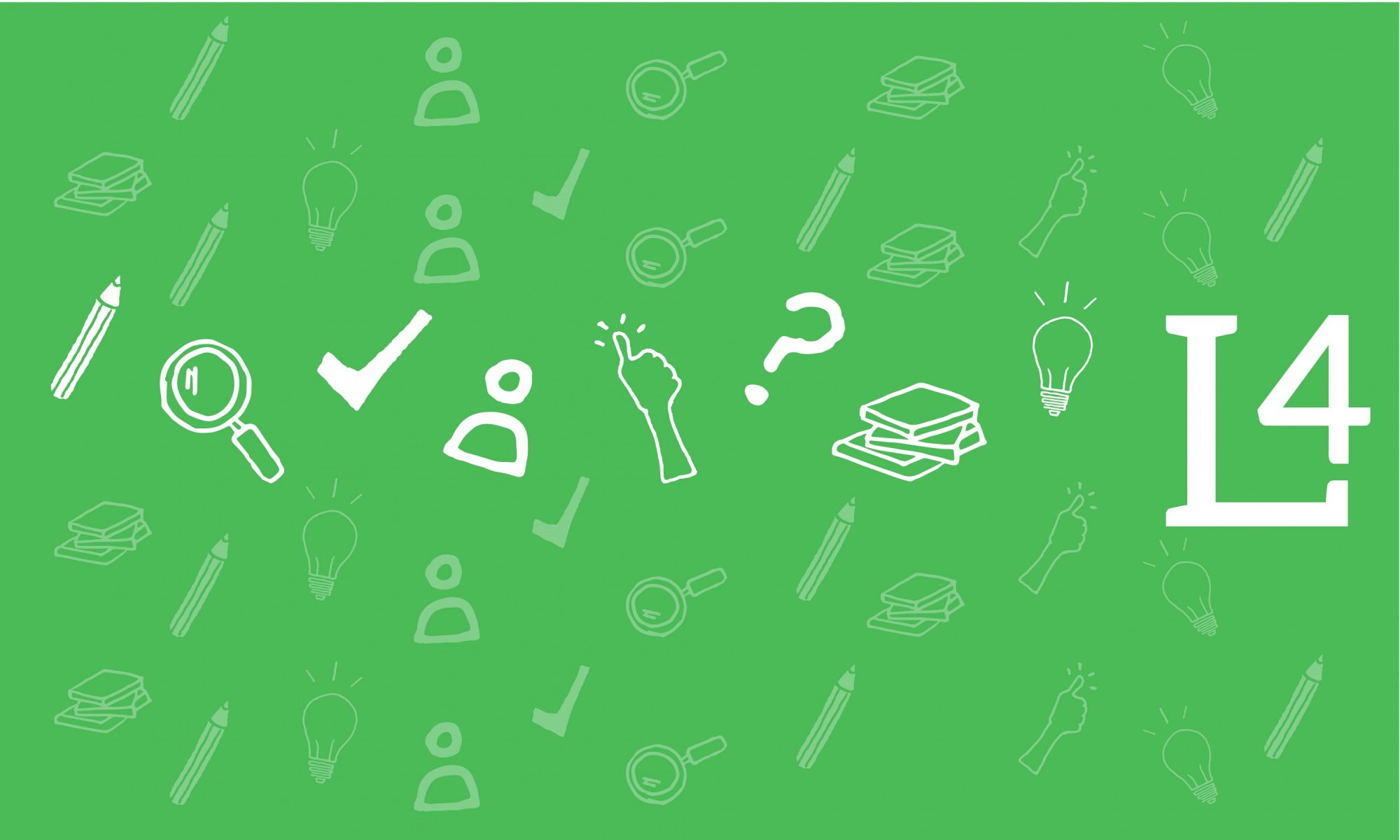PowerPoint Presentation: Global Learning – Comparison of Alfred Schenker’s Secret War Diary, 1941-43 to a Current Event in Terms of Human Impact
Prof. Nadine Weinstein-Lavi
English/NYCCT
English 1121
Activity Description: Provide a brief description of the activity
Students were asked to read my grandfather, Alfred Schenker's Secret War Diary, 1941-43, written while he was hiding in a cellar with nine other Jews in Lvov, then Poland, and to do namep-based and place-based research using the diary. Then, students were asked to compare an idea, quotes, names, and places in the diary to a comparable event, e.g. the current Russian invasion of Lvyv, now Ukraine (same city), or slavery, etc., and to conclude with how their ideas about those events changed as a result of their research, and how that has impacted them personally.
Learning Goals: What do you aim to achieve with this activity?
The Learning Goals for students are to acquire a global perspective in terms of learning about a specific historical event using an actual historical document (my grandfather's Secret War Diary) and to make a comparison to a comparable and/or modern event in terms of social, human, ethical, and cultural impact, so that they, in turn, might expand upon their perceptions of history vis a vis modern events and how they might effect change in actuality – whether via more open and embracing stances or more – in the world.
Timing: At what point in the lesson or semester do you use this activity? How much classroom time do you devote to it? How much out-of-class time is expected?
The reading of the diary and the subsequent PowerPoint presentation assignment was done in the middle of the semester to mark it as a unique "break" and transition assignment from the previous text (a Netflix series) to the next one, and to have students engage with current events, e.g. the Russian invasion of Ukraine.
Logistics: What preparation is needed for this activity? What instructions do you give students? Is the activity low-stakes, high-stakes, or something else?
Preparation involved a guided reading and discussion of the diary in class, homework to finish reading it on their own, answering 5 Discussion questions posted on Blackboard about the diary with 1 paragraph responses to prepare them to think about it more deeply, and suggestions as to possible topics for comparison for the PowerPoint. A slideshow demonstrating how to create a PowerPoint using the diary was shown, and specific guidance was given to each student regarding his/her topic. This was a high stakes activity given the nature of the thinking and analysis that the students were asked to do in class and on their own worth 25 points. They did very well on this particular assignment.
Assessment: How do you assess this activity? What assessment measures do you use? Do you use a VALUE rubric? If not, how did you develop your rubric? Is your course part of the college-wide general education assessment initiative?
The rubric was as follows (given in bullet points on the board):
*Aim for 10-12 slides
*Present SLOs and what you will determine
*Use images that you have researched about the diary and additional images you find about the places and names in it
*Use images of the comparable event
*Analyze the similarities and differences
*Answer 4 questions: 1. What were your assumptions about both event prior researching them? 2. How have your assumptions changed post-research? 3. How this has affected you personally and in terms of your worldview? 4. How will you effect change in the world as a result of this new perspective?
Reflection: How well did this activity work in your classroom? Would you repeat it? Why or why not? What challenges did you encounter, and how did you address them? What, if anything, would you change? What did students seem to enjoy about the activity?
This activity worked very well in the classroom. Students were immediately engaged in reading an actual historical document being presented by a relative (me) of the author (my grandfather) whose eye witness account of the events in Lvov, then Poland, now Ukraine, during the Holocaust made them more real and uncontestable than other information they had seen about the Holocaust, such as movies, posts, articles. Students also found trying to do place-based and name-based research about the diary interesting and like being a detective. Analyzing how it compared to a comparable event asked them to think about it more deeply from an additional perspective, and summing up the impact it all had upon them personally was a good culmination.
Additional Information: Please share any additional comments and further documentation of the activity – e.g. assignment instructions, rubrics, examples of student work, etc. These can be links to pages or posts on the OpenLab.
NYCCTEng1121ProfLaviSpring2022JoshuaIronsPowerPoint.pptx
Alfred'sWarDiary.pdf
C:\Users\nlavi\Downloads\NYCCTEng1121ProfLaviSpring2022ArielCabreraPowerPoint.pdf
Please share a helpful link to a pages or post on the OpenLab



